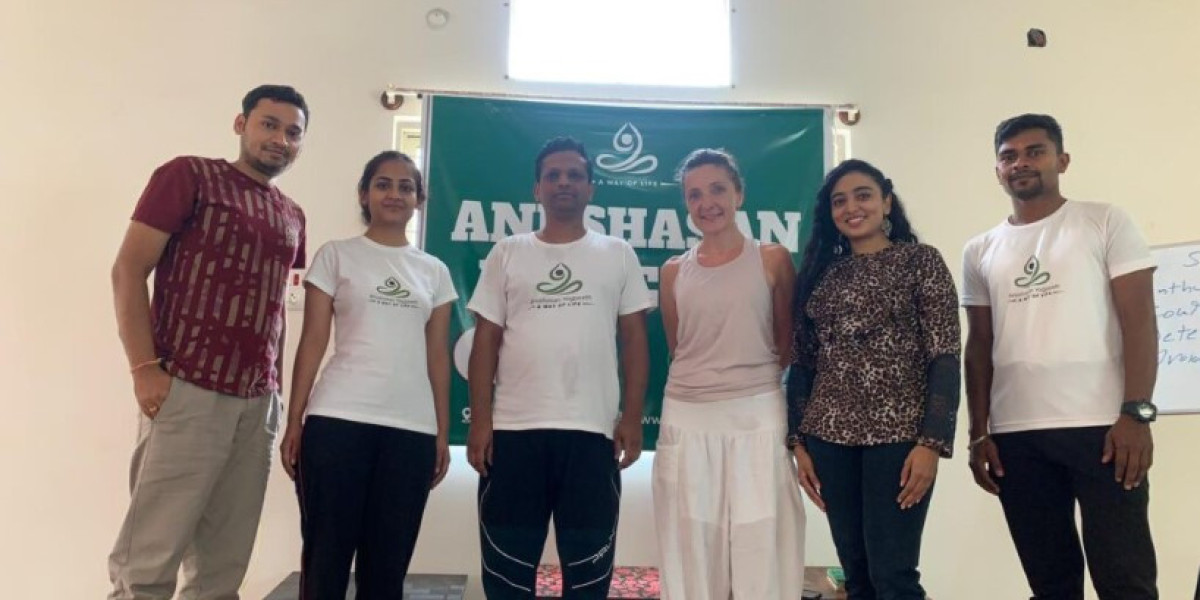Textile Enzymes Market is expanding as manufacturers adopt enzyme-based processes to improve fabric quality, reduce chemical usage, and promote sustainable production. Enzymes, naturally occurring proteins that accelerate chemical reactions, are essential in desizing, scouring, bleaching, and finishing textiles. Despite strong growth, the market faces challenges, including high costs, sensitivity of enzymes to industrial conditions, and intense competition among suppliers. Future growth prospects, however, remain promising due to technological innovations, increasing demand for eco-friendly fabrics, and rising adoption of enzyme solutions across global textile manufacturing.
Key Challenges in the Textile Enzymes Market
The textile enzymes market faces several challenges that impact growth and adoption. Advanced enzyme formulations can be expensive, limiting access for smaller manufacturers. Enzyme performance is sensitive to industrial conditions such as temperature, pH, and chemical exposure, requiring careful process control. Competition among established and emerging suppliers drives continuous innovation but increases investment pressures. Additionally, adapting enzyme solutions for new fabrics, blends, and modern textile production techniques demands technical expertise and infrastructure upgrades. Addressing these challenges is essential for manufacturers to fully leverage enzyme-based solutions while maintaining efficiency, product quality, and sustainability.
Technological Innovations Supporting Growth
Technological advancements are a key factor in overcoming market challenges. Enzyme engineering and biotechnology have enabled the development of robust, versatile, and cost-effective enzymes suitable for diverse fabrics and industrial conditions. Multi-enzyme formulations combine several catalytic functions, reducing processing time, chemical consumption, and water usage. Innovations in cellulases, amylases, and proteases allow manufacturers to optimize textile treatments for denim, cotton, wool, and synthetic fabrics. These technological improvements enhance operational efficiency, reduce environmental impact, and enable high-quality production, supporting long-term growth and positioning enzyme-based processes as an eco-friendly alternative to traditional chemical methods.
Applications Across Fabric Types
Textile enzymes are widely applied across denim, cotton, wool, synthetic, and blended fabrics. Denim processing utilizes cellulases for stonewashed and faded effects without damaging fibers. Cotton fabrics benefit from amylases and cellulases that improve softness, color consistency, and dye absorption. Wool fabrics rely on proteases to prevent shrinkage and maintain fiber integrity. Synthetic and blended fabrics use enzyme treatments to preserve structural strength and ensure uniform coloration. Expanding enzyme applications across fabric types allows manufacturers to meet diverse consumer demands, optimize production efficiency, and enhance sustainability in textile manufacturing globally.
Market Drivers and Opportunities
Several factors drive market growth and create opportunities in the textile enzymes industry. Rising consumer demand for eco-friendly, chemical-free textiles encourages manufacturers to adopt enzyme-based processes. Environmental regulations in North America, Europe, and Asia-Pacific promote sustainable production, limit chemical usage, and incentivize adoption of enzyme solutions. Growing global demand for apparel, home textiles, and technical fabrics, particularly in emerging economies, further supports market expansion. Technological advancements in enzyme formulation improve efficiency, adaptability, and cost-effectiveness. Strategic collaborations, investments in research and development, and innovative product launches create additional growth opportunities for manufacturers worldwide.
Regional Insights
Regional dynamics significantly impact the adoption and growth of textile enzymes. North America and Europe, with established textile industries, focus on sustainability and regulatory compliance, driving enzyme adoption. Asia-Pacific, as the largest textile manufacturing hub, demonstrates rapid enzyme adoption due to high production volumes, environmental regulations, and growing consumer awareness. Latin America and the Middle East are emerging markets with gradually increasing enzyme usage, offering untapped potential for growth. Understanding regional market trends, regulatory frameworks, and consumer preferences is essential for manufacturers seeking to optimize production efficiency, expand market presence, and capture new growth opportunities globally.
Addressing Industry Challenges
Overcoming market challenges is critical for long-term success. Manufacturers must invest in research and development to create robust, versatile enzyme formulations that function under diverse industrial conditions. Training and infrastructure upgrades help ensure efficient enzyme usage and process control. Strategic collaborations between established players and emerging companies facilitate knowledge sharing, innovation, and access to new markets. By addressing high costs, technical challenges, and competitive pressures, manufacturers can expand adoption of enzyme-based solutions, achieve operational efficiency, and enhance sustainability in textile manufacturing.
Future Growth Prospects
The future of the textile enzymes market is promising, driven by technological innovation, sustainability trends, and rising global demand for eco-friendly textiles. Advancements in biotechnology and enzyme engineering will continue to improve enzyme efficiency, versatility, and cost-effectiveness across denim, cotton, wool, and synthetic fabrics. Emerging economies with expanding textile production capacities are expected to contribute significantly to global market growth. Manufacturers investing in research, development, and strategic partnerships are likely to maintain leadership positions. Enzyme-based textile processing is set to redefine conventional production methods, enabling high-quality, sustainable, and environmentally responsible textile manufacturing worldwide.





